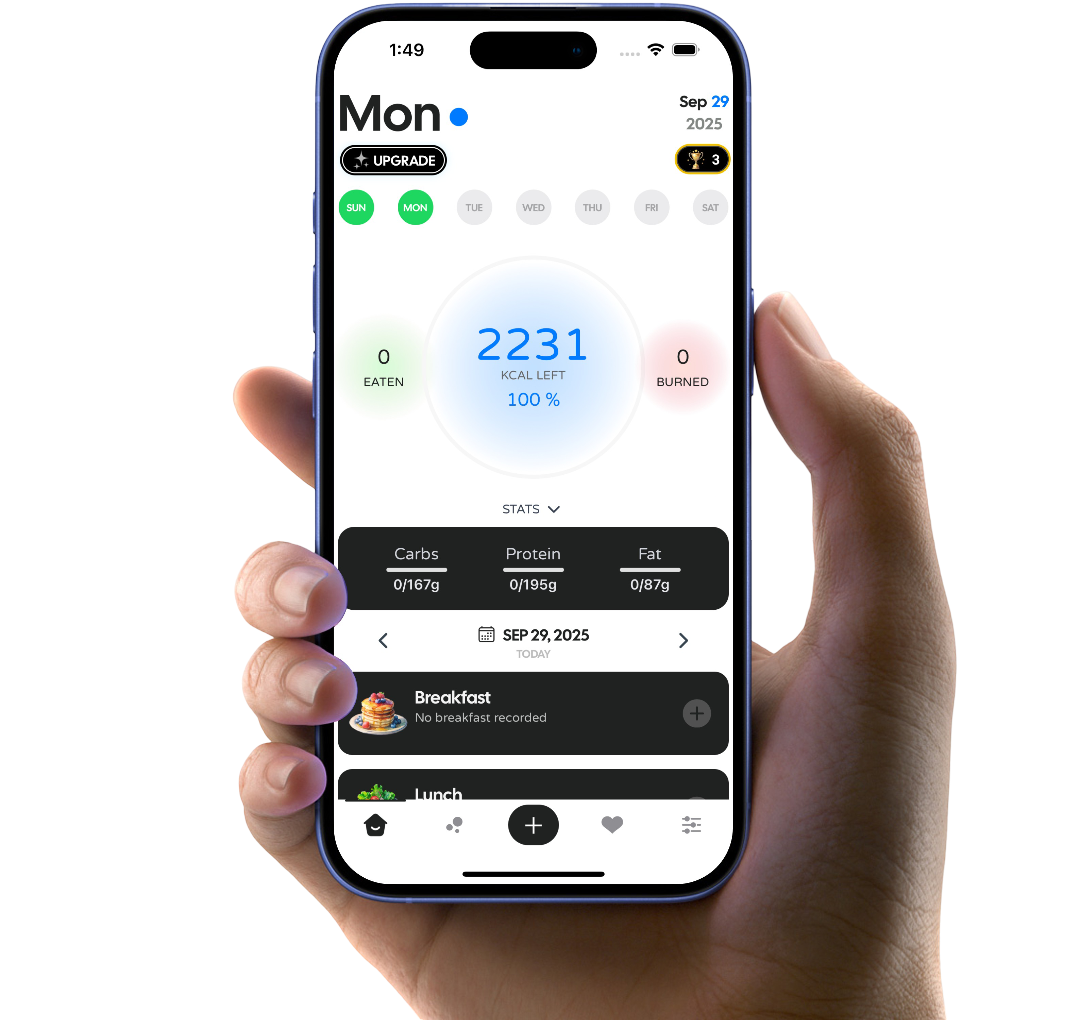Introduction
The Pregnancy Conception Calculator helps you estimate your conception date based on your due date or the first day of your last menstrual period (LMP). Understanding your conception date can provide insights into your pregnancy timeline and help you track important milestones.
How It Works
Conception typically occurs around 11-21 days after the first day of your last menstrual period (LMP). If you know your due date, the calculator subtracts 266 days (38 weeks) to estimate the conception date. If you provide your LMP, it adds 14 days to estimate ovulation and conception.
When Did I Conceive?
Many women often wonder, "When exactly did I get pregnant?" This question typically arises when trying to determine the specific day pregnancy began. Gestational age, or the baby's age, is commonly calculated from the first day of the mother's last menstrual period. However, biologically speaking, conception occurs only when the egg is fertilized during ovulation, which usually happens around 10 days or more after the first day of the last menstrual period.
Understanding Conception Timing
Pinpointing the exact date of conception can be challenging due to various factors. Conception is typically calculated through a range of possible dates, especially considering the timing of sexual intercourse. This method helps estimate when conception might have occurred, but it is never guaranteed due to the complexity of reproductive cycles.
Last Menstrual Period
For women with regular cycles, conception typically occurs between 11 to 21 days after the first day of their last menstrual period. Although this is used as the basis for estimating conception, it is often not exact due to the unpredictability of ovulation. Women with irregular periods or those who can't recall the start of their last period may find this method less reliable. In such cases, ultrasound imaging is often used to estimate gestational age with greater precision.
Pregnancy Timeline
- First Trimester: Weeks 1-12. Major development of the baby's organs and structures.
- Second Trimester: Weeks 13-26. Continued growth and development, including movement and sensory abilities.
- Third Trimester: Weeks 27-40. Final growth and preparation for birth.
Due Date and Conception Estimation
The due date, usually determined during a prenatal visit via sonogram, can also provide insight into possible conception dates. By knowing the due date, healthcare providers can estimate a range of dates when conception likely occurred.
Ultrasound and Conception Dates
An ultrasound uses sound waves to create images of the internal body structures, with obstetric ultrasounds providing key information about the fetus and pregnancy. It can be performed as early as five to six weeks after the last menstrual period and is particularly helpful in determining gestational age early in the pregnancy. While ultrasound data can be combined with estimates from the last menstrual period, it generally offers a more accurate picture of the pregnancy's timing.
Fertilization, Conception, and Pregnancy
The terms fertilization and conception are often used interchangeably, but they refer to different stages in pregnancy. Fertilization occurs when sperm meets the egg in the fallopian tube, creating a fertilized egg. Conception, however, involves both fertilization and the implantation of the fertilized egg into the uterine wall. According to well-established medical and scientific definitions, a woman is not considered pregnant until both fertilization and implantation have occurred. This distinction is important, as certain legal definitions may differ, but from a scientific standpoint, pregnancy begins only after implantation.






